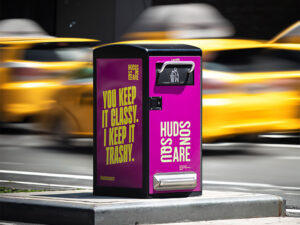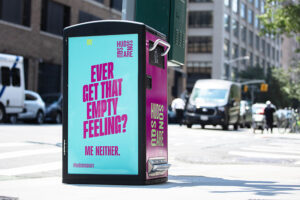Understanding The Impact: Refuse Vehicle GHG Emissions
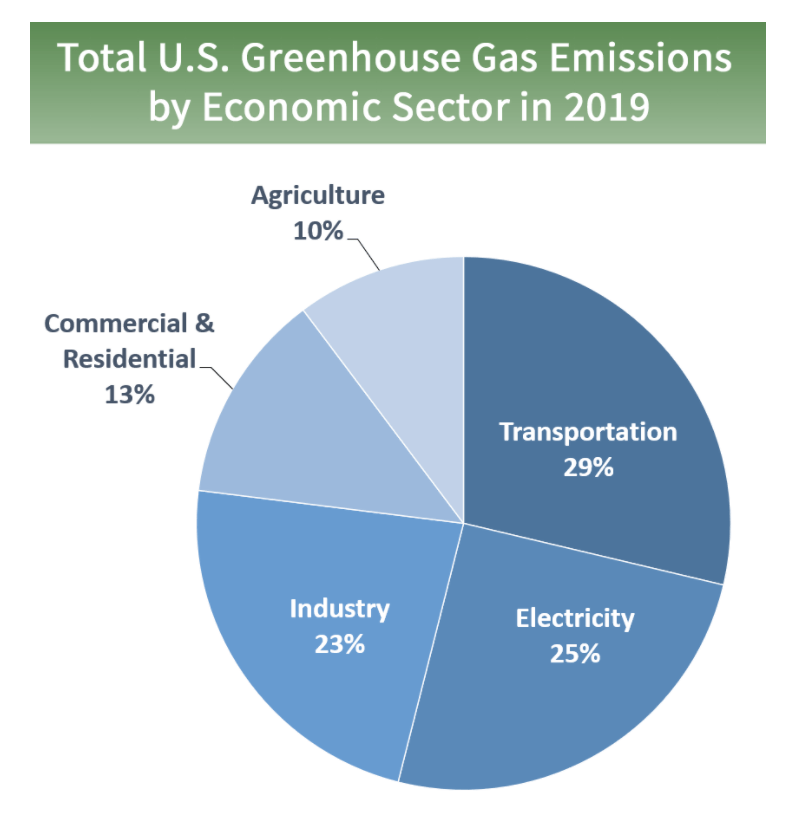 Largest GHG Contribution by Sector: Transportation
Largest GHG Contribution by Sector: Transportation
The greatest contribution to human Greenhouse emissions comes from Transportation, followed closely by Electricity Generation & Industry. There is a tremendous amount of pressure on the top 3 economic sectors to reduce their GHG Emissions, with most goals set for 2035 and 2050. Within the transportation sector, municipalities deploy the highest GHG-emitting vehicles daily, including public transportation vehicles and refuse trucks. And on a per-mile basis, the refuse truck is the most egregious contributor.
Source: EPA: Sources of Greenhouse Gas Emissions
Refuse Vehicles: The Lowest Fuel Economy
Of the major vehicle categories, Refuse vehicles boast the worst fuel economy, with approximately 2.5 MPG.
Source: US Dept. of Energy – Alternative Fuels Data Center
Refuse Vehicles: 3rd Highest Fuel Consumption
Among the major vehicle categories, the Refuse Truck application is highly inefficient. Garbage trucks are the 3rd highest fuel consumers, using approximately 10,000 Gallons annually.
Source: US Dept. of Energy – Alternative Fuels Data Center
Why Natural Gas Emissions are Higher Than Diesel
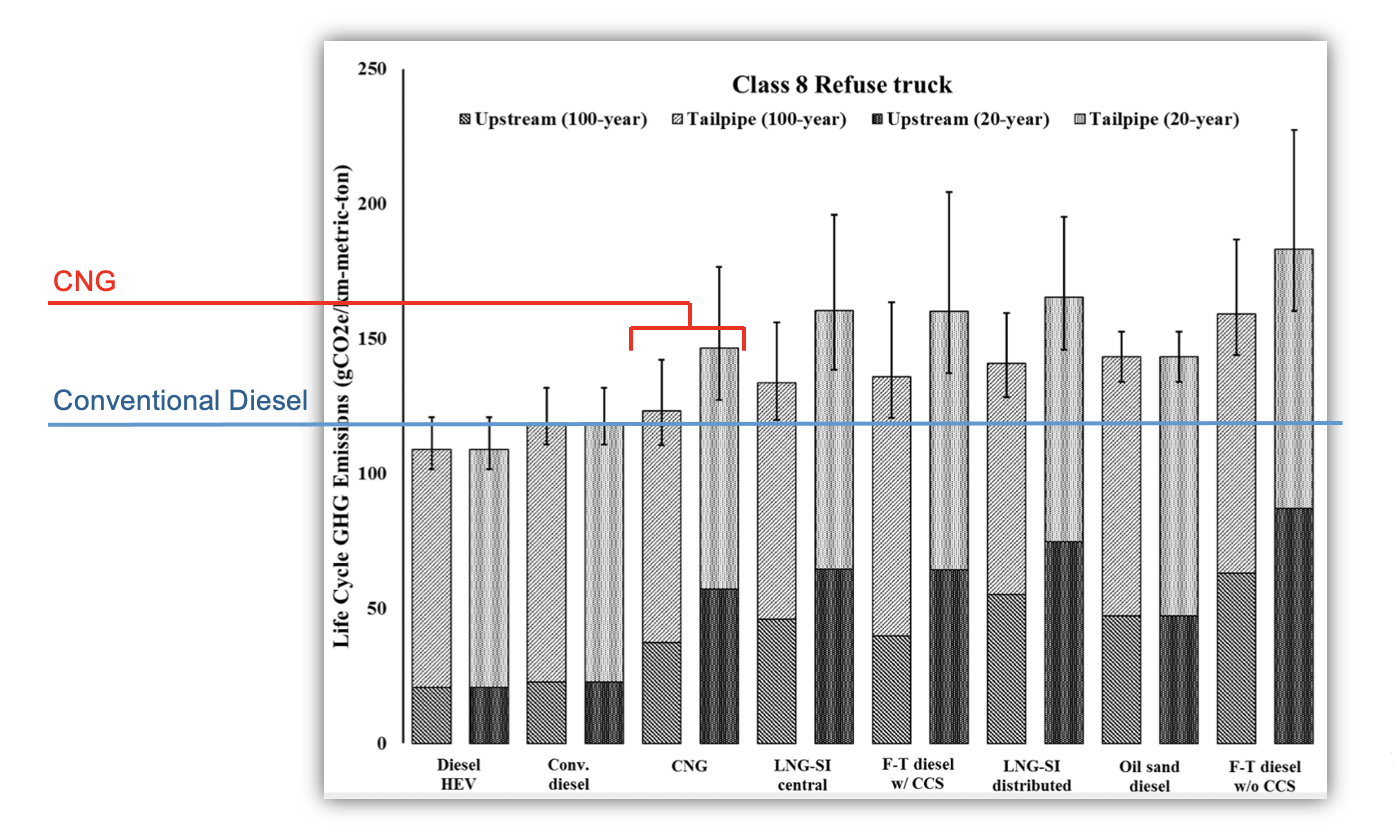
Accounting for both upstream & downstream (tailpipe) emissions, CNG refuse trucks emit more lifecycle Greenhouse Gases than trucks fueled by conventional diesel. A refuse truck that travels 25,000 miles annually using conventional diesel emits roughly 100 metric tons of eCO2, while CNG-powered vehicles are known to generate emissions above that level. The upstream emissions generated during the production of CNG represent a greater contribution to total GHG emissions than that of conventional diesel. CNG may generate less downstream emission than diesel, however, the production process makes CNG an overall greater contributor.
Therefore, reducing emissions in a truly significant way requires more than simply exchanging one fuel type for another.
Park the Truck: Reducing Emissions with Smart Waste
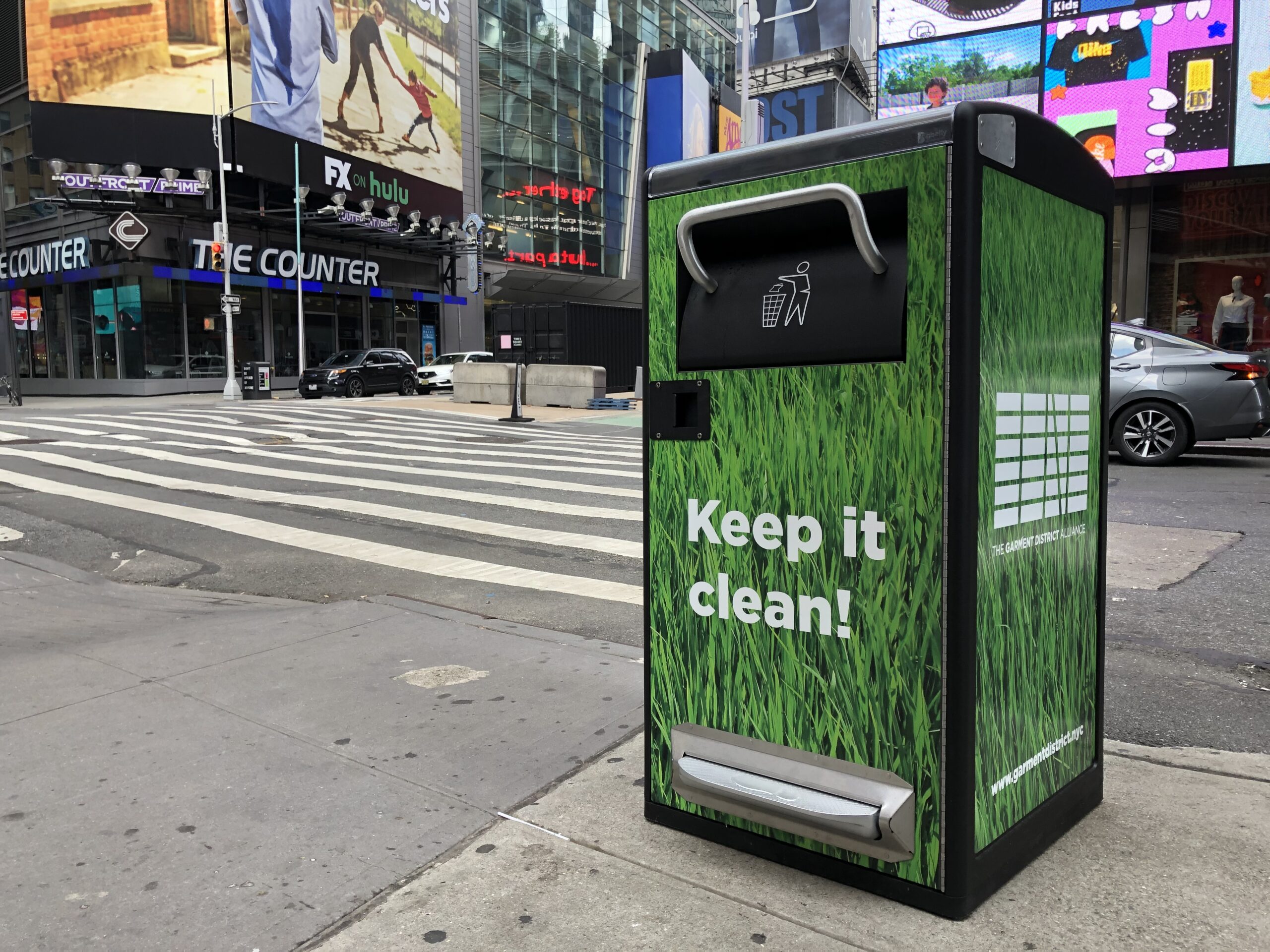 Seeing the significant impact of garbage trucks on Greenhouse Gas Emissions, and understanding that alternative fuels may not have the immediate impact required by emissions goals, a highly effective way to reduce overall emissions is to reduce vehicle miles traveled by refuse trucks. Bigbelly works with municipalities of all sizes to implement Smart Waste systems designed for maximum collection efficiency & collection reduction.
Seeing the significant impact of garbage trucks on Greenhouse Gas Emissions, and understanding that alternative fuels may not have the immediate impact required by emissions goals, a highly effective way to reduce overall emissions is to reduce vehicle miles traveled by refuse trucks. Bigbelly works with municipalities of all sizes to implement Smart Waste systems designed for maximum collection efficiency & collection reduction.
Public spaces deploy Smart Waste & Recycling systems to create aesthetically, operationally, and environmentally efficient spaces. Using increased capacity, comprehensive data & reporting, real-time communication, and cloud-based collection management, Smart Waste solutions reduce the number of collection trips, while improving the collection efficiency of those necessary trips.
Reduce Truck Mileage by 80%: Now That’s Smart.
On average, public spaces with the Bigbelly system deployed at scale reduce their waste collections and associated operational expense up to 80%. Fewer collections mean fewer miles driven and less idling, eliminating GHG emissions from inefficient refuse vehicles.
Better than BEV?!
 Regardless of Vehicle & Fuel Type, Bigbelly presents a compelling opportunity to eliminate overall GHG Emissions by reducing truck rolls. Public spaces may choose to deploy Smart Waste to reduce the need for existing diesel-fueled Class 8 refuse vehicles, or to save money by reducing the number of new vehicles they need to purchase. Although Electric vehicles are becoming part of the conversation, they still generate upstream emissions and are not yet widely available on the market. Currently, electric refuse vehicles are priced at over $500,000 each, making them largely inaccessible to both public and private sector organizations. Bigbelly has a 40% greater impact on reducing GHG Emissions than purchasing BEV trucks, and for less money!
Regardless of Vehicle & Fuel Type, Bigbelly presents a compelling opportunity to eliminate overall GHG Emissions by reducing truck rolls. Public spaces may choose to deploy Smart Waste to reduce the need for existing diesel-fueled Class 8 refuse vehicles, or to save money by reducing the number of new vehicles they need to purchase. Although Electric vehicles are becoming part of the conversation, they still generate upstream emissions and are not yet widely available on the market. Currently, electric refuse vehicles are priced at over $500,000 each, making them largely inaccessible to both public and private sector organizations. Bigbelly has a 40% greater impact on reducing GHG Emissions than purchasing BEV trucks, and for less money!
AChieving Emissions Goals: Trucks Take a Backseat
 In the current climate, emissions reduction goals are prevalent across public & private sectors worldwide. Such benchmarks look ahead as soon as the next 10 years. For many, the ultimate long-term goal is to ‘go electric’, however, the transition period will still rely on conventional Diesel and CNG in the short term. To realize ambitious improvements in emissions in the near future, a comprehensive smart waste solution is a highly-effective, proven tool. When it comes to emissions, the greatest bang for your buck is to park the truck.
In the current climate, emissions reduction goals are prevalent across public & private sectors worldwide. Such benchmarks look ahead as soon as the next 10 years. For many, the ultimate long-term goal is to ‘go electric’, however, the transition period will still rely on conventional Diesel and CNG in the short term. To realize ambitious improvements in emissions in the near future, a comprehensive smart waste solution is a highly-effective, proven tool. When it comes to emissions, the greatest bang for your buck is to park the truck.
Bigbelly Smart Waste & Recycling Products
- High Capacity Smart Waste Compactor ⮕
- Standard Capacity Smart Non-Compactor ⮕
- Multi-Modular Smart Waste Kiosk ⮕
- Telebelly Multipurpose Hosting Platform ⮕
- CLEAN Software Management Platform ⮕
Connect with the Bigbelly Team to Learn More!





